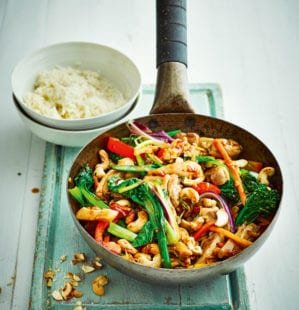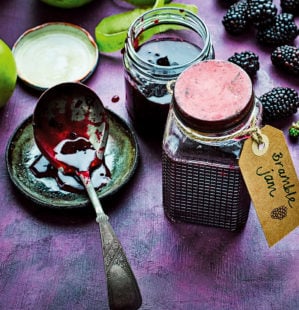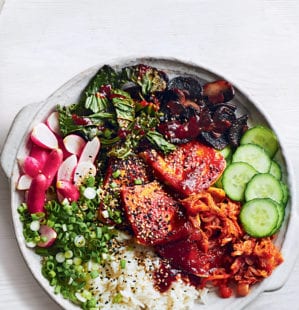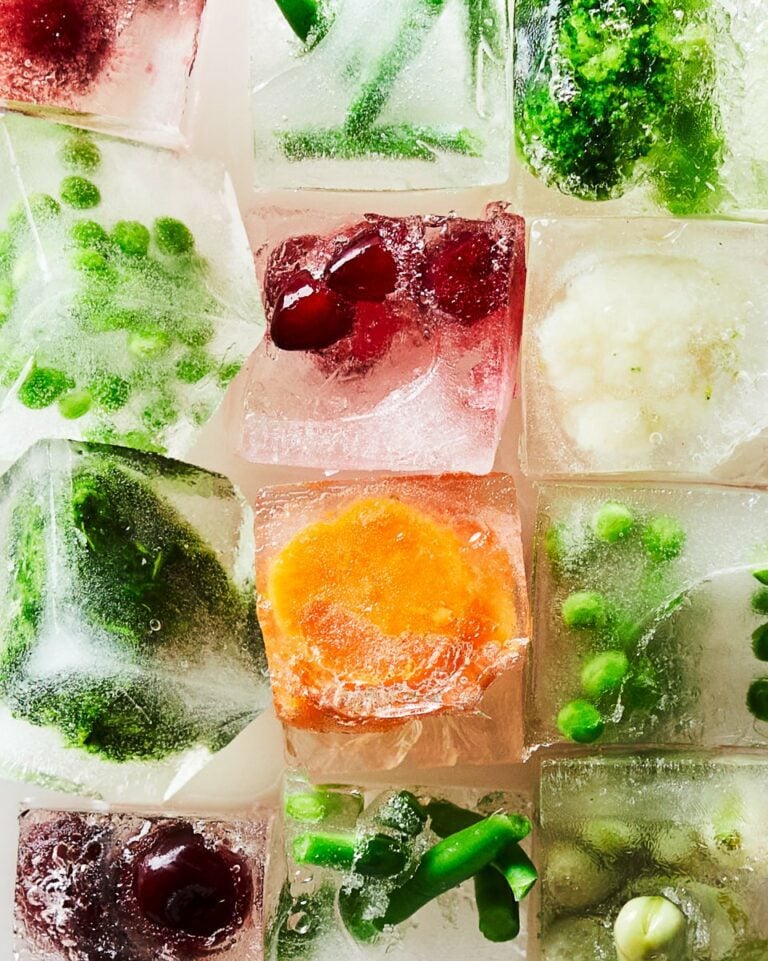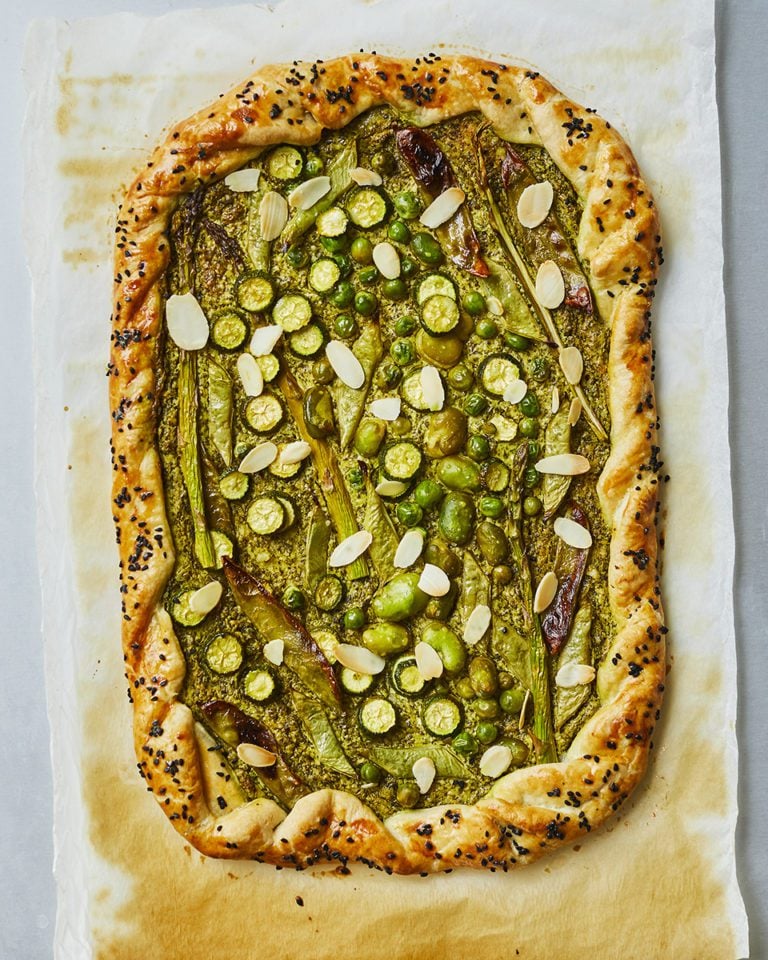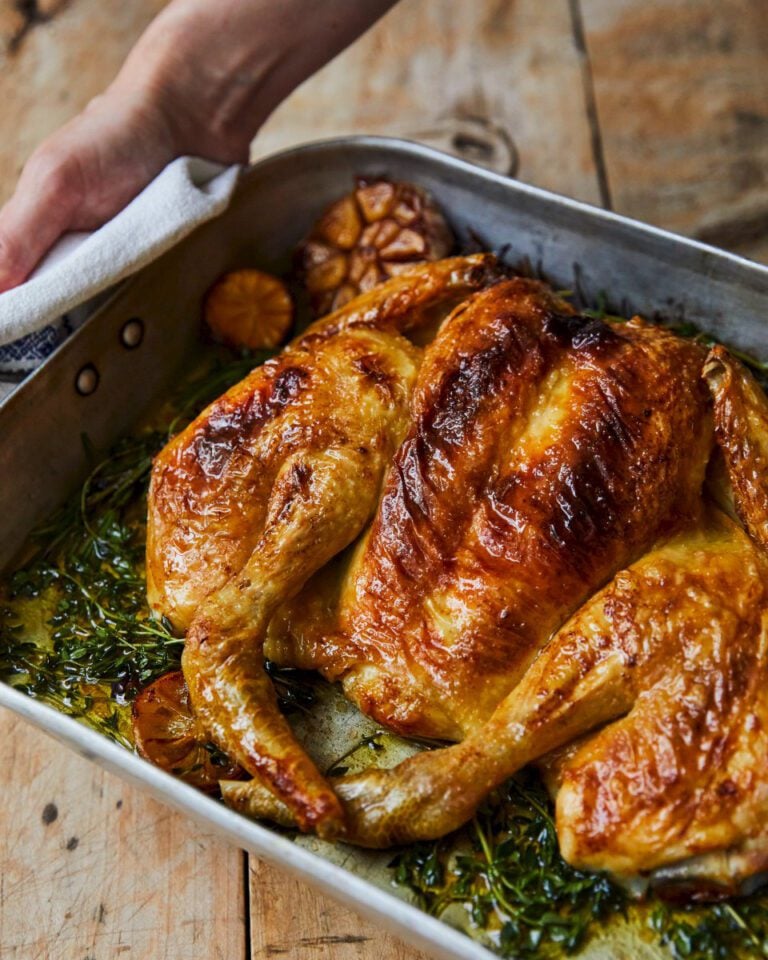5 freezer tips that will make you a better cook
You know how it is: you put something in the freezer, then forget about it for months. But freezers aren’t just for long-term storage, says food editor Tom Shingler – they can help with everything from slicing to altering texture, and make you a better cook in the process. Prepare to see those icy drawers in a new light with our expert guide on how to make your freezer into a culinary hero…
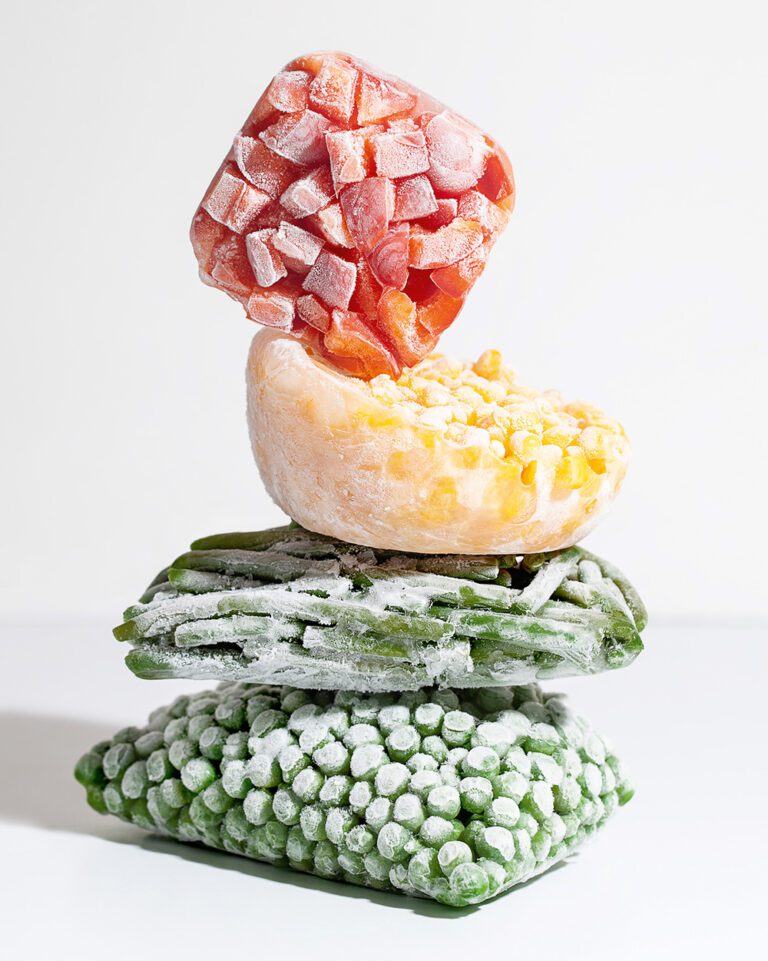
Freeze something properly and it’ll last indefinitely. Sure, it will start to degrade in terms of flavour and texture eventually, but it’ll still be edible. Generally, foods tend to last a few months before this kicks in (provided the dreaded freezer burn doesn’t take hold), which is why freezers are such an integral part of the kitchen (and vital for complex food supply chains all over the world).
But freezers can offer you more than cryostasis-style storage: they can actually help you to cook in some pretty neat ways, too. Most of the techniques described below work thanks to molecular-level changes brought about by freezing fresh ingredients. Freezing solidifies the water inside an ingredient rather than the ingredient itself (most foods are mainly water, so they turn solid once frozen). When water turns to ice it expands slightly, which can break the cell walls around it. So when you defrost these foods, the texture is often softer. This is bad in some cases (defrosted lettuce), but can be used to your advantage in others. The cell-breaking thing, combined with how cold foods firm up and react when exposed to heat, means the freezer has the potential to be a handy tool as well as a storage system. Take a look at these examples and start viewing your freezer differently.
1. Slicing
Carpaccio, sashimi, stir-fries – there are lots of dishes out there that call for super-thin slices. While a mandoline can make quick work of fruit and veg, it’s useless against the softer texture of meat and fish. A 30-45 minute blast in the freezer firms them up without freezing them solid, making delicate slices a far easier job. If you’re defrosting fully frozen meat or fish, remember you can slice it half- thawed (and speed up the thaw time while you’re at it).
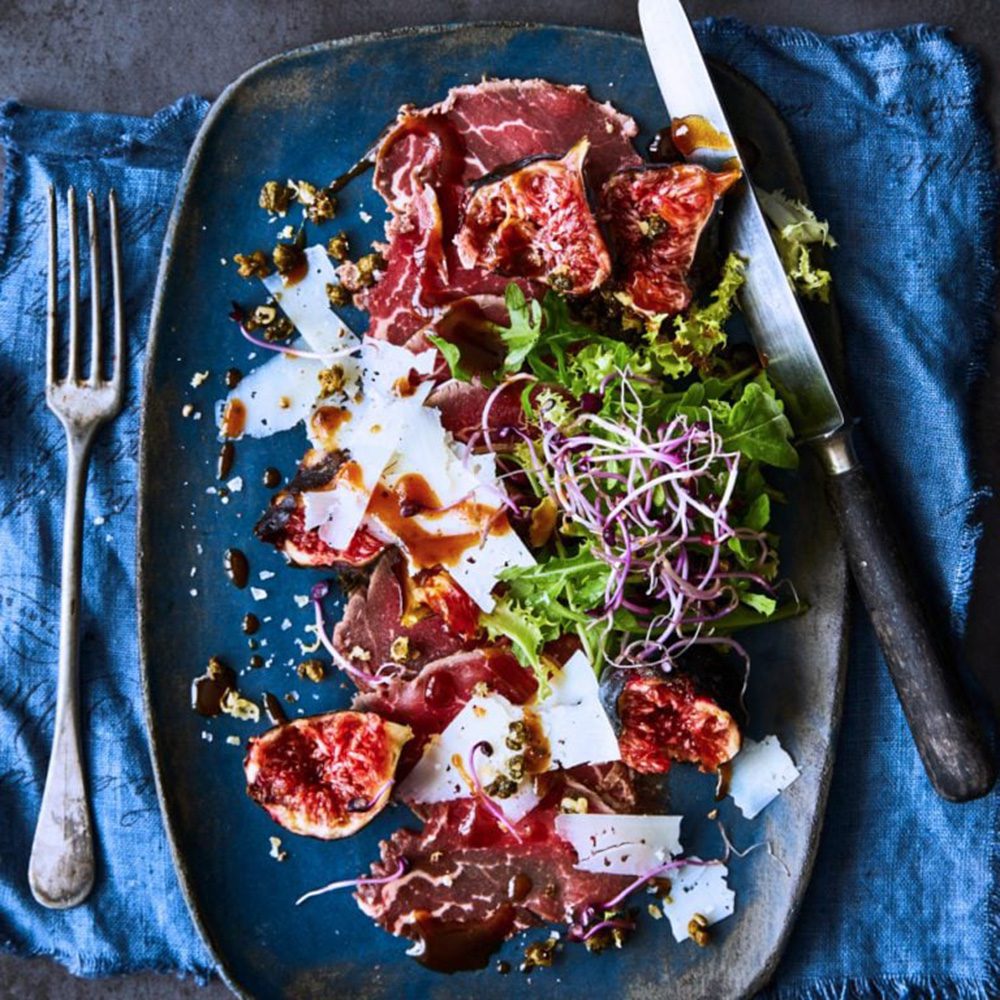
2. Freeze-thaw softening
Some ingredients benefit from an initial freeze and thaw, thanks to that swelling of ice crystals mentioned earlier. Making a jam or coulis that requires berries to collapse? Freezing them first will kickstart the process. You can add them straight from frozen and they’ll break down faster than fresh, with all the added benefits of freezing peak-season produce. Making a strawberry jam in the middle of winter isn’t just possible; the jam can be better than the one you made using fresh berries in summer (try the freezer jam from our mini baked alaskas recipe).
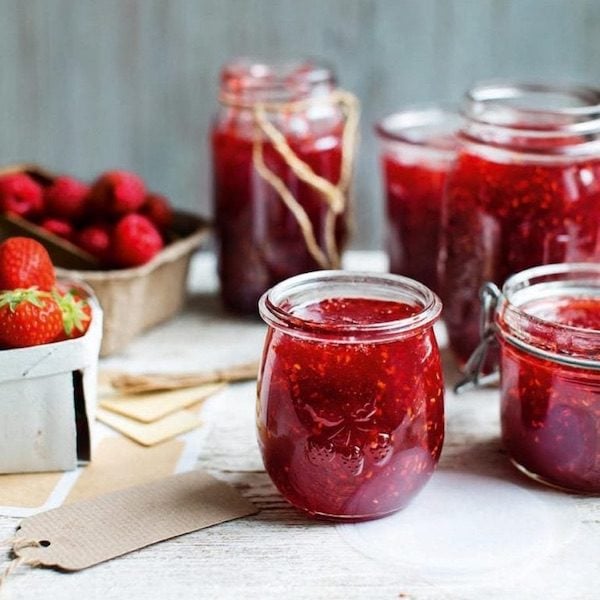
3. Grating
Freezing garlic, ginger and chillies doesn’t just preserve them (who uses a whole ginger root in one go?) – it turns them into something you can easily grate directly into your cooking. Something like a simple stir-fry sauce is elevated by finely grating frozen ginger into it (no need to peel first). The tiny shards defrost and instantly melt into the liquid, saving you from chopping, as well as overpowering hits of raw ginger.
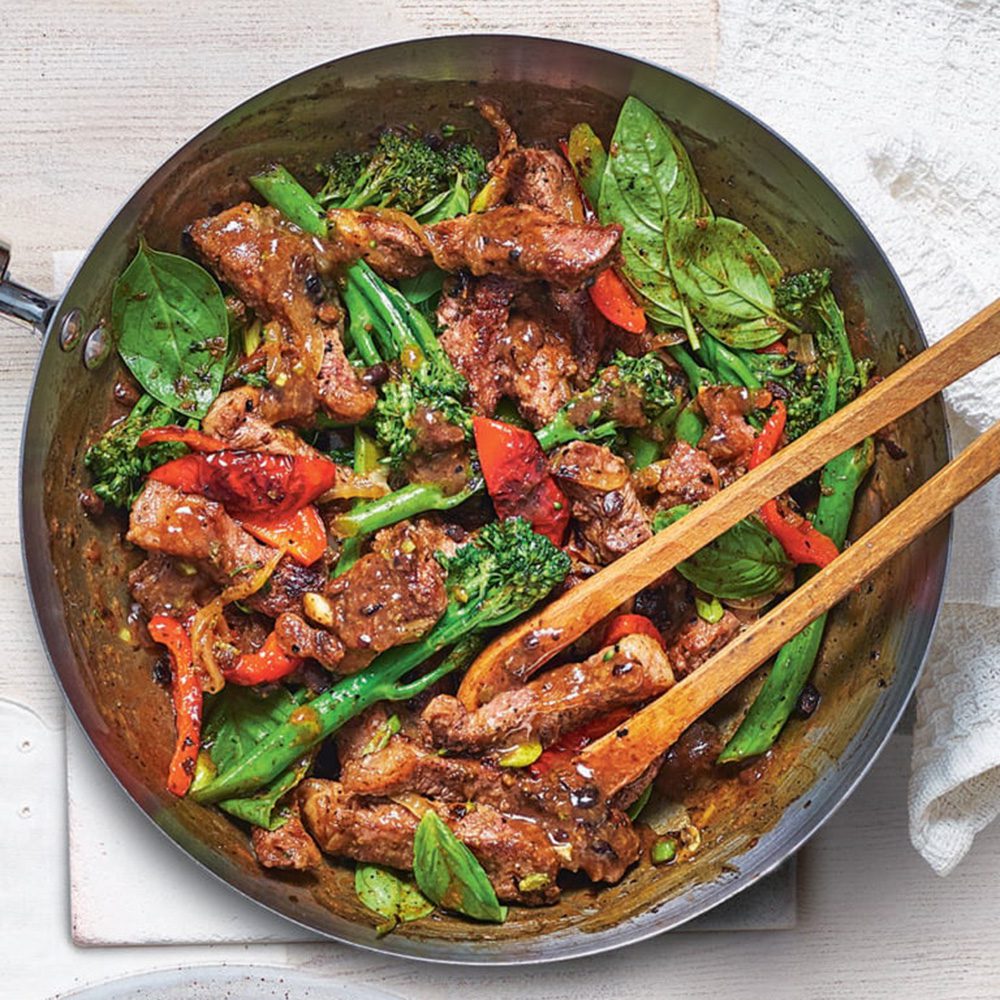
4. Cooking from frozen
Some freshly prepared foods are better when cooked from frozen – especially if you’re after crunch. Roasties (and pre-boiled chips) are a good example. By boiling a potato, you’re cooking it through, but the second step (deep-frying or roasting) is there only to create a crisp exterior. When boiled and frozen potatoes come into contact with hot oil, the reaction is more violent and results in a crisper shell. The fluffy insides will have defrosted and cooked by the time the exterior is golden brown.
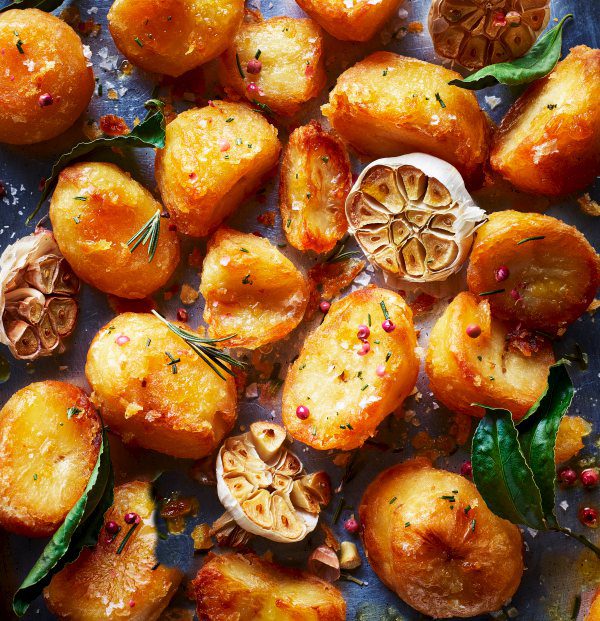
5. Firming up tofu
If you’re a fan of tofu but prefer a meatier texture, drain a pack of extra-firm tofu, tear it into pieces and freeze it. Defrost the chunks quickly in heavily salted boiling water for a few minutes, then drain, pat dry and cook as normal. The freezing process dramatically changes the texture of tofu to something far firmer and more absorbent. It’s a northeastern Chinese technique from centuries ago – and it’s the perfect example of how transformative messing about with your freezer can be.
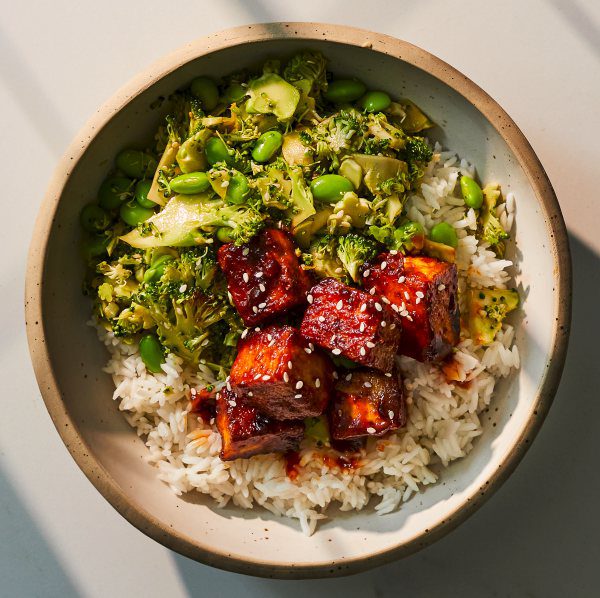
The food team’s favourite freezer tips
- Keep your favourite beer, wine or cocktail glass in the freezer, ready to lend an extra chill to your drink as soon as it’s poured.
- Avoid freezer burn by wrapping or covering things properly and, crucially, expelling as much trapped air as possible. A vacuum sealer is the gold standard, but using plastic bags and squeezing out the air will usually do the job.
- Keep a mixing bowl in the freezer (if you have space). Whipping cream in a frozen bowl takes much less time than using a room temperature one.
- Freezing liquids? Put leftover soups and stews in roomy bags, seal, then lay them flat in layers. They defrost more quickly and make better use of freezer space.
Maximise your freezer’s potential with our make-ahead frozen desserts. Plus… Discover hundreds of freezable recipes.
Subscribe to our magazine
Food stories, skills and tested recipes, straight to your door... Enjoy 5 issues for just £5 with our special introductory offer.
Subscribe
Unleash your inner chef
Looking for inspiration? Receive the latest recipes with our newsletter
